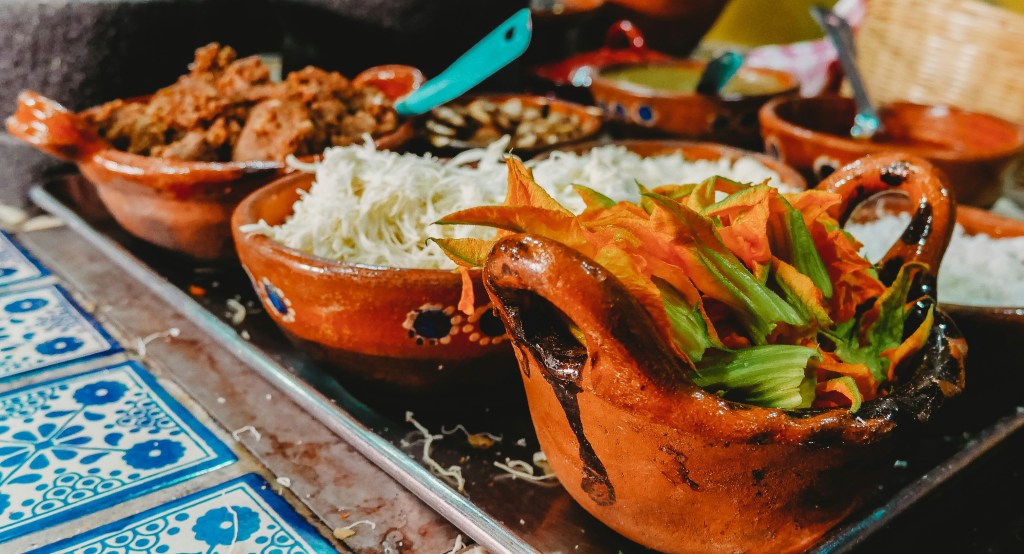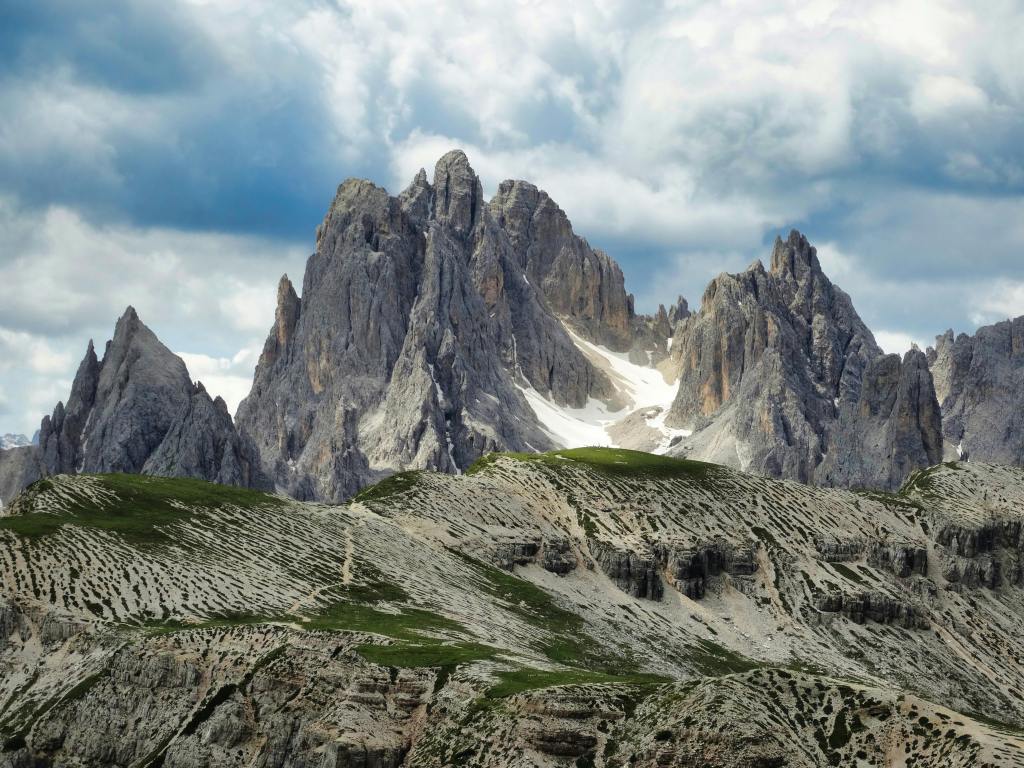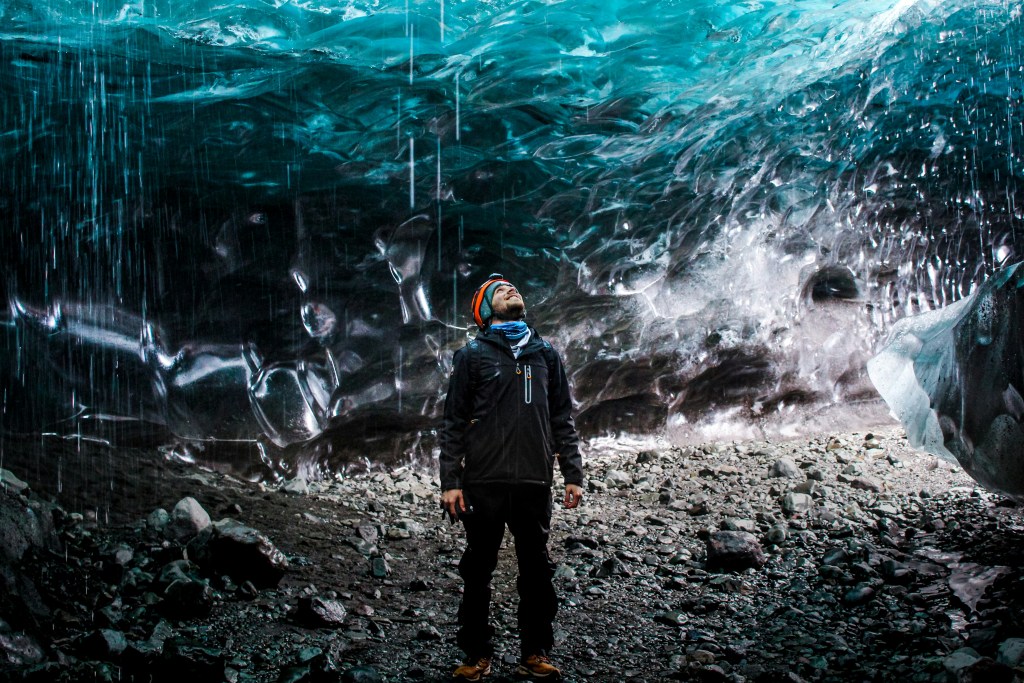One of the easiest ways to offset expenses on your next big vacation is by strategically timing the trip.
This isn’t always an option, as everyone has an ever-expanding schedule—from weddings to Little League games to medical appointments. It’s normal to take advantage of days off whenever we can.
But if you’re able to plan ahead—especially on a pricier and long-distance trip—you can find serious savings by targeting the off-season.
This will help you save around the board, from flights to hotels to museum tickets to tours.
Still, this approach to strategic timing isn’t without its pitfalls. You need to take a close look at things like weather, public holidays (at home and at your destination), and even recent trends to find deals.
Each of these factors could impact the total price that you pay for the largest expenses.
The most important is usually the weather. Obviously, travelers want to avoid inclement weather, from wind storms to monsoons; even a bit of rain, snow, and strong winds can throw a wrench into your travel plans.
Though the savings are stepp, walking the line between savings and poor weather is a tough job.
I’ve done a bit of research to help simplify your savings research. Below, you can find the cheapest times to travel to different regions (barring North America) based on weather patterns, major holidays, and similar factors.
This should give you a head start—but remember to dig in to find information that’s specific to every town and city where you’re heading.
Europe
The cheapest months to visit Northern Europe are the shoulder seasons in spring (April, May) and autumn (September, November). If you’re willing to brave the cold, you can also find deals in January and February.
I traveled to northern Sweden in February a few years ago to watch a World Rally Championship race. It was a winter wonderland with few tourists around. Very cold, but very pristine and beautiful. I would highly recommend!
The cheapest months to visit Southern Europe are generally in winter (November to March), aside from the Christmas and New Year period in December.
But keep in mind that southern Europe is one of the most touristy regions in the world. You’re going to be paying a good amount no matter the season.
Asia
The cheapest time to visit East Asian countries like Japan, Korea, and China is in autumn (September, October, and November). All three countries host multiple spring festivals, such as Chinese New Year and Cherry Blossom celebrations.
That makes autumn an ideal time to visit, as prices are lower and the weather is cooler. You can also find hefty deals if you’re comfortable traveling during the frigid winter months.
The cheapest time to visit South Asian countries like India and Sri Lanka is during the hot summer months (May to August). If you’ll be spending some time at the beautiful beaches in Sri Lanka or Goa, you should be able to beat the heat.
However, if you’re a little too hesitant about vacationing in Indian heat (totally understandable), then stick to the shoulder season in autumn (September, October, November). You’ll still find some good deals.
I’d also like to point out that the hill stations of India (areas in the Himalayan foothills like Darjeeling) are pretty temperate year-round thanks to their altitude. You can find hefty deals traveling to these spots during the summer months.
The cheapest time to visit Southeast Asian countries like Thailand, Cambodia, Vietnam, and other Southeast Asian countries is during the monsoon seasons of June-August and November-December. The rains will be heavy and the humidity will be sauna-like, but there are still a few pros.
First, most rain showers pass through quickly. Second, they turn the jungles into lush paradises full of blooming flowers. Third, significantly less tourists.
South America
The cheapest time to visit South America is largely dependent on the country. Generally speaking, the cheapest time to visit is during the US summer (May-August), which coincides with South America’s mild winters.
The cheapest time to visit Central America is during the rainy season of May to November. However, this varies depending on the country and coastline. (The Caribbean side of Central America sees more hurricane activity, which usually happens in October.)
The cheapest time to visit the Caribbean is during the low season from June to October. October is hurricane season—so travel wisely.
However, this low season is mostly punctuated by demand, as most visitors want to come during the US’s winter months. In other words, it will be hot but you won’t see hordes of tourists around.
Africa
The cheapest time to visit Northern Africa is during the shoulder seasons of spring (March-May) and autumn (September-November).
The summer heat is really intense in Northern Africa—so I’d recommend avoiding a visit during this time unless you’re really on the hunt for savings. Usually, North Africa isn’t too pricey, which means you might be better off sticking to the high season.
The cheapest time to visit East Africa is during the rainy season (April-May). There will be passing storms and tons of mud, which could throw a wrench in your safari travel plans. However, you’ll also be able to find jaw-dropping deals during these months.
The cheapest time to visit Southern Africa is during the shoulder seasons of spring (April-May) and autumn (September-October). But if you want even steeper deals, you can look during the hotter and wetter months of November-March.
Australia & Oceania
The cheapest time to visit New Zealand & Australia is in March and April. This marks the lowest of the low season in terms of tourists.
There aren’t any strong weather patterns in either location, though it’s good to keep in mind that the seasons are inverted in the Southern Hemisphere. If you leave home in summer, you’ll be heading straight into winter.
The cheapest time to visit Micronesia, Polynesia, & Melanesia is during off-season, which runs during the summer (June-August) or during the winter (December-February). Given most islands in these regions are close to the equator, you’ll see similar weather patterns year-round.
Similar to Southern Europe, there’s quite a bit of traffic throughout the islands during the Christmas and New Year’s period. For this reason, I recommend avoiding the month of December all together.

















